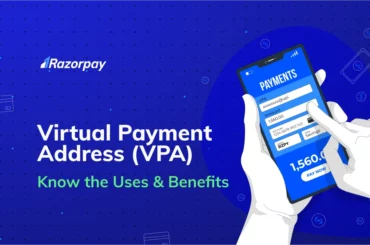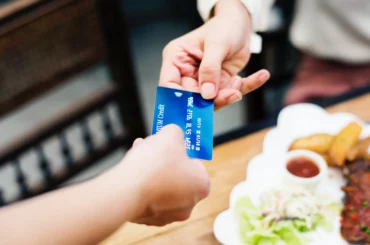Online sellers, especially the ones using modes like Facebook, Instagram, and other social media sites, emails, Whatsapp, DMs, and more to sell their products, often find it difficult to sell online without a website.
Are you one of those online sellers who needs a simplified solution to accept payments from your customers?
Don’t worry, we won’t tell you a long, boring story about one particular situation which you may or may not be able to apply to your own.
A lot of people want to sell online but are unable to do so because getting a website is a major investment and integrating a payment gateway requires deep tech knowledge. That is the problem statement. And since we have stated the problem statement, we’ll state the solution as well.
We’ll take you through accepting online payments from your customers as you sell your products to them, online!
Small and medium-sized entrepreneurs can take their business online and accept payments with limited technical knowledge and even less set-up time. Let’s talk about one solution that works perfectly to fit your needs.
Introducing Razopay Payment Pages
A page that is not hosted or developed by you, but has your branding, and accepts online payments for you – Razorpay Payment Pages is literally just that!
Whether you have a website or you don’t, whether you have an app or you don’t, you can still accept payments online through Payment Pages. You can effortlessly create a Payment Page in less than 5 minutes, go live and start accepting payments from your customers, without any support.
Let’s go over some features.
Razorpay Payment Pages is built to accept end-to-end payments. You can do so without having to host it, while you can still have your custom URL per your brand! How amazing is that?!
Mind you, this has brought down your cost by substantial value.
The best part is the dashboard. Capture customer data the way you’d want, with particulars you decide. Use the dashboard to get insights for payments collected via the hosted page. And, it will take you absolutely no tech expertise or effort to build yourself a Payment Page and go live.
Razorpay already has a few templates you can choose from, but if you feel like you want to take a crack at it, feel free to create your own. All you have to do is log in to your dashboard, create a Payment Page, and choose what customer data you want to capture.
Build your custom URL and send it to your customers over SMS, email, social media, and more. Sit back, relax, and let Razorpay do its thing.
If you have a website, just link your Payment Page to your CTA, and there you have it!
All of this is with complete security since Payment Pages is a part of the Razorpay’s core platform. Your Payment Page is secured by an industry standard 100% PCI DSS compliant and certified solution.
Razorpay Payment Pages also supports international payments in 100 currencies. Razorpay Payment Pages boasts of 700 customers with the likes of Schindler, Swiggy, Don Bosco School, BMW Financial Services, Nestaway, Testbook, and FinanceBazaar, among others.



